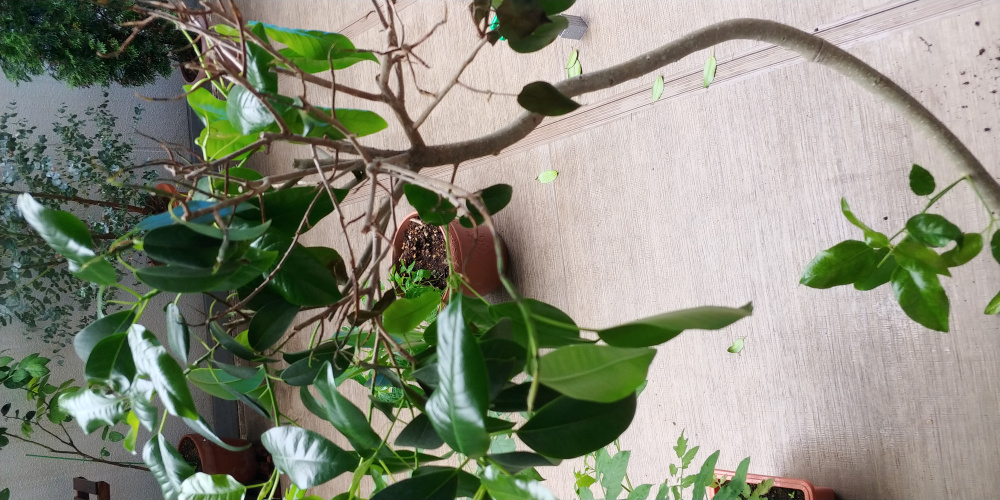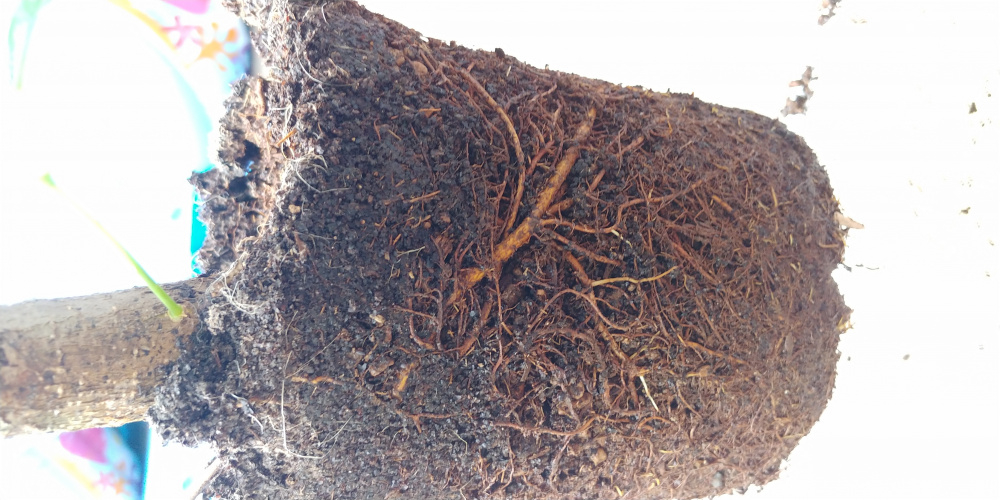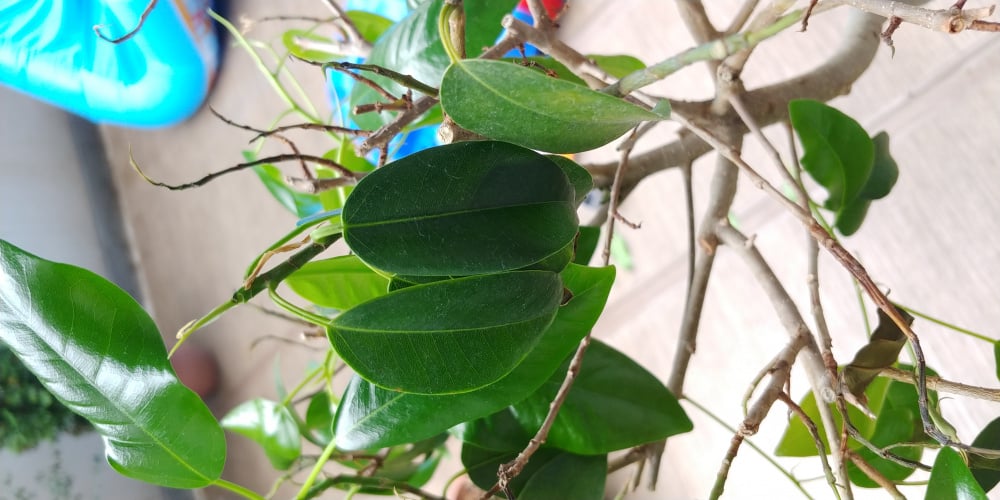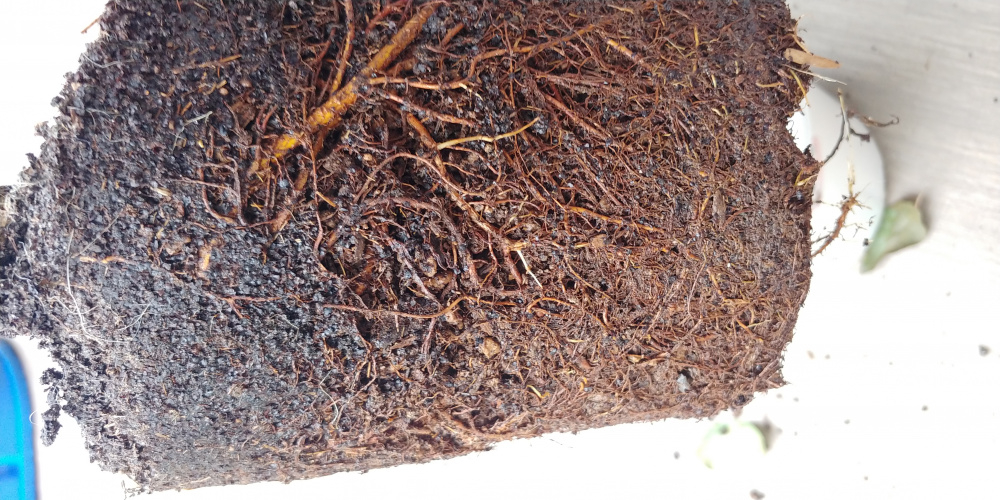This Forum will close on Wednesday 27 March, 2024. Please refer to the announcement on the Discussions page for further detail.
Weeping ficus crisis
 Schalaislost
Posts: 41
Schalaislost
Posts: 41
I'm desperate for help saving this. The leaves are just mercilessly dropping, even new leaves.
We keep it indoors - photos taken outside so I wouldn't get soil all over the floor - water it, a bit of regular fertilizer last week, it gets indirect sunlight for about five hours per day.
How can I save it?




We keep it indoors - photos taken outside so I wouldn't get soil all over the floor - water it, a bit of regular fertilizer last week, it gets indirect sunlight for about five hours per day.
How can I save it?




0
Posts
Your plant also needs potting on into a larger pot with fresh compost.
Gardening in Central Norfolk on improved gritty moraine over chalk ... free-draining.
Thank you for the suggestions. I live in Japan, and it's the rainy season right now so I'm worried it might not be getting enough sun. The humidity in our place is about 60 percent. I put a tray of pebbles with water about two weeks ago, and the tree is still going bald. I checked the branches left behind after the leaves fall, and they're dry. The soil is moist, though. I'm at a loss.
https://www.gardenguides.com/137813-mist-ficus-benjamina-tree.html
Gardening in Central Norfolk on improved gritty moraine over chalk ... free-draining.
Should I cut off the branches that are dried out?
It's been a cool, damp summer so far this year but in other years we easily get to 45C outside and dry so when I'm watering all the hosta pots and fuchsias that live there too I just turn the spray hose over the leaves and it stays healthy.
Once nights are cooler it comes indoors and sits in an east facing window so gets plenty of light and a weekly misting. I feed with nitrogen feed for foliage plants. Yours definitely needs re-potting in some good quality loam based compost as suggested by @Dovefromabove Now that mine has reached the maximum size I can accommodate indoors here it will no longer be potted on into bigger pots but I do refresh the top couple of inches of compost each spring.
I remove and dead, twiggy growth as I see it but thicker stems usually have dormant buds that will grow if conditions are right so don't cut yours off yet.